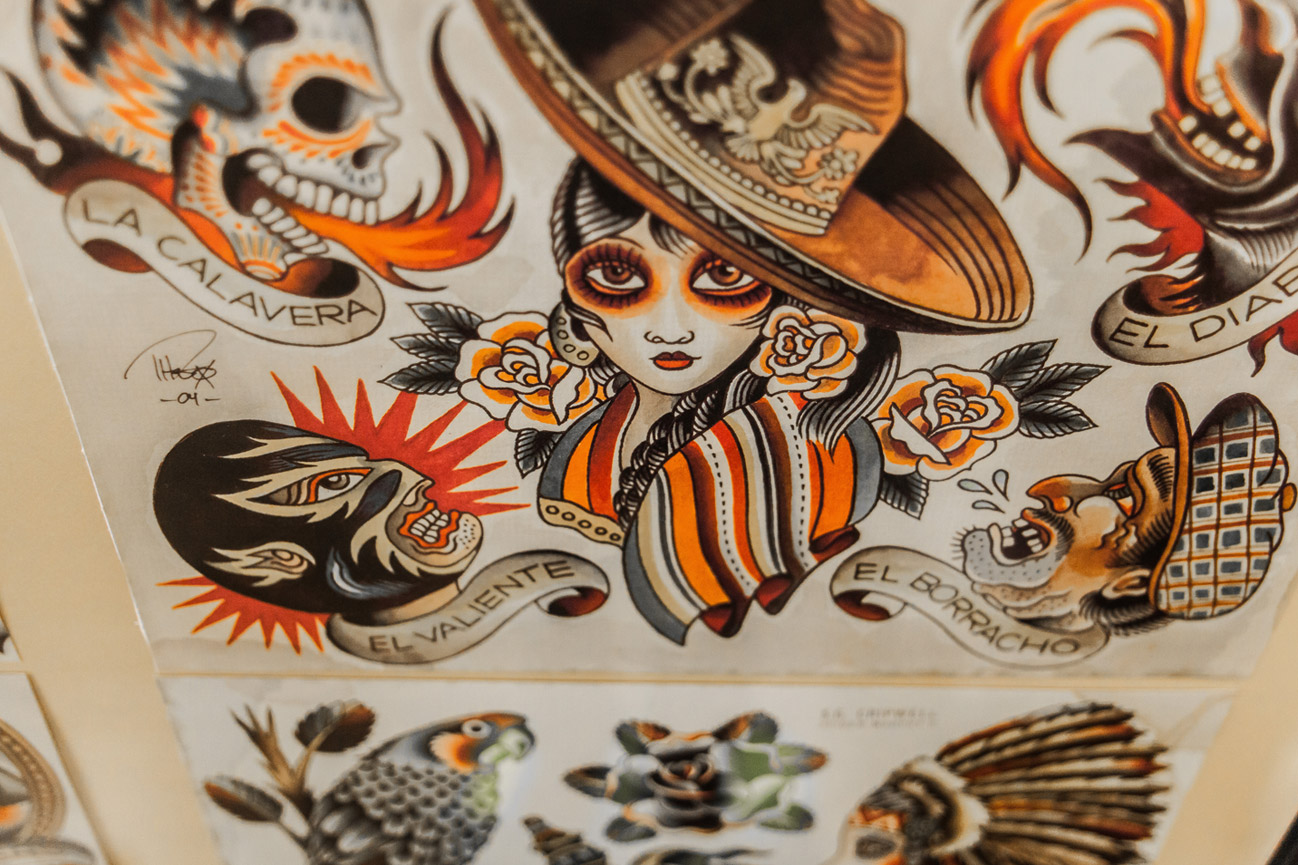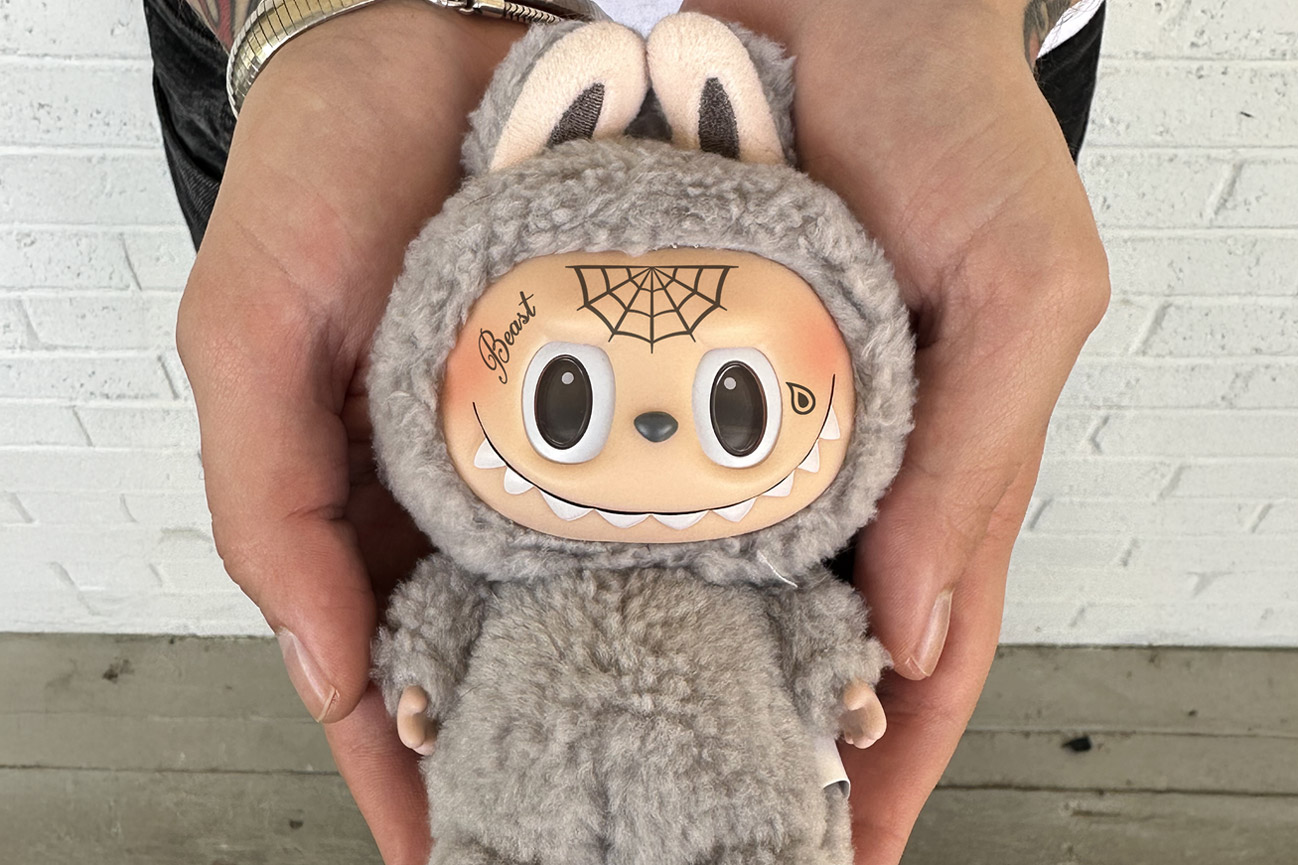Introduction to Helix Piercing
Ever noticed that cute little sparkly stud or hoop sitting snugly on someone’s upper ear cartilage? Yep, you’ve spotted a helix piercing, a fashionable statement that’s been turning heads and catching the light for ages. Beyond its modern chic vibe, the helix piercing carries with it a storied history, weaving its way through various cultures. It’s not just about a shimmering adornment; it’s about embracing an age-old trend and making it uniquely yours. So, before you decide to join the club or just satisfy your curiosity, let’s get into the twirly-swirly world of helix piercings and get you thoroughly looped in!
The Helix Piercing Origin Story
The helix piercing, while often perceived as a hallmark of modern aesthetic expression, boasts a rich heritage that spans continents and cultures. From the Amazonian rainforests to the rugged terrains of the Himalayas, this iconic piercing has been embraced by various communities, each imbuing it with unique significance. In the past, it was more than just an accessory; it marked rites of passage, tribal affiliations, and even therapeutic beliefs. Today, while we celebrate its contemporary chic appeal, it’s essential to recognize and honor the ancient tapestry of stories and traditions that have paved the way for its popularity.
Indigenous Amazonian Tribes: Among certain tribes in the Amazon rainforest, helix piercings were used as markers of tribal identity. Each piercing, its location and adornment, conveyed specific information about the wearer’s lineage and role within the tribe.
Himalayan Communities: In the rugged terrains of the Himalayas, some communities believed helix piercings had therapeutic properties, especially concerning ailments related to the brain and ears. It was thought that piercing this particular part of the ear could enhance one’s cognitive abilities and memory.
Ancient Nomadic Tribes: Some nomadic tribes that roamed the vast deserts and steppes of Asia regarded helix piercings as protective charms. They believed these piercings would guard them from evil spirits during their long journeys.
Pacific Island Cultures: Specific islander cultures saw helix piercings as more than just an aesthetic choice. These piercings were symbolic of one’s journey through life, with each additional piercing marking a significant life event.
As the world embraces digital advances and modern trends, the helix piercing remains a steadfast symbol, blending ancient traditions with a contemporary spin.t’s not just a fleeting fashion statement. Instead, it serves as a timeless tribute to history, while resonating with today’s aesthetics. With every adorned ear, we’re celebrating centuries of culture, giving a nod to tradition, yet infusing it with our own modern flair. It’s a journey through time, told one helix at a time.
Types of Helix Piercings
The helix piercing landscape is as diverse as it is intriguing. From the classic standard helix to the subtle snug, each type holds its own distinct appeal. As you navigate the choices in helix piercings, knowing your options is key. Here’s a comprehensive breakdown, shining a light on the most sought-after helix styles and the unique charm that sets each one apart.
Standard Helix: This one’s the OG of helix piercings! Positioned on the upper outer part of the ear, this is the most common type of helix piercing.
Double and Triple Helix: Why stop at one when you can stack ’em up? This type of helix piercing involves two or three piercings placed in a row up the helix curve.
Forward Helix: Situated on the ear’s front side, closer to your lovely face, the Forward Helix is located closer to the front side of the ear.
Snug (also known as Anti Helix): This one’s like the hidden gem of ear piercings. Nestled between the inner and outer cartilage the Snug is for those who appreciate subtlety with a difference.
While the allure of helix piercings is undeniable, it’s essential to recognize that not every style is suitable for everyone. Your ear’s unique anatomy can influence which piercing type best complements your features. Before committing to any specific style, it’s highly recommended to seek advice from a professional piercer. They possess the expertise to evaluate your ear’s structure and recommend the perfect helix piercing that aligns with your anatomy and desired look. After all, the best accessory is one that feels like it’s tailor-made just for you.
Piercing Process
With your sights set on a helix piercing, it’s time to arm you with the essential information to confidently approach what lies ahead. As you prepare for your helix piercing, let’s explore the ins and outs of what you can expect during the process.
Preparation and Sterilization: Your helix piercing adventure begins with meticulous preparation. The piercer will start by sanitizing their hands and wearing gloves. They’ll also cleanse the ear area to be pierced to ensure a sterile environment. Maintaining a clean setting is crucial for minimizing the risk of infection.
Marking the Spot: Next comes the exciting part – marking the spot! Your piercer will use a sterile marker to indicate the precise location where the piercing will be placed. This is your chance to collaborate with the piercer and ensure you’re both on the same page regarding the desired placement. Take your time to examine the mark and give your seal of approval before proceeding.
Piercing Execution: With the marked spot ready and your consent obtained, it’s time for the main event. The piercer will hold a sterilized needle – specifically designed for helix piercings – and gently insert it through the marked spot. The needle swiftly creates a hole, and the piercer will guide a piece of jewelry through the newly pierced opening. This part of the process is typically swift, and the initial discomfort is manageable for most individuals.
Securing the Jewelry: Once the jewelry is in place, your piercer will securely fasten it to ensure it stays put during the healing process. This step is crucial to prevent any unnecessary movement that could potentially irritate the newly pierced area.
Final Checks and Aftercare Instructions: With the jewelry in place, your piercer will conduct a final check to ensure everything is aligned correctly. They’ll also provide you with detailed aftercare instructions to follow during the healing period. These instructions may include cleaning routines, avoiding contact with irritants, and handling the piercing with clean hands.
The helix piercing process is a combination of precision, expertise, and communication. Your piercer is your guide throughout this journey, ensuring your comfort and safety every step of the way. Remember that each person’s pain tolerance varies, but many find the experience to be manageable and well worth the end result. Embrace the thrill of adorning your ear with a piece of art that’s uniquely yours.
Aftercare and Healing Time:
When it comes to helix piercings, it’s all about giving them the time and attention they deserve during the healing process. While they may appear charming, these piercings require patience, taking anywhere from 3 to 9 months to fully heal, depending on factors such as your body’s response and how diligently you care for them. Let’s break down the essential steps for aftercare and ensure your helix healing process is smooth and successful.
Cleaning Routine:
Twice a day, every day. Your helix piercing demands a consistent cleaning routine to prevent infections and ensure a healthy healing process. The ideal cleaning solution? Saline solution. It’s gentle, effective, and your best friend during this time. Apply the solution to a cotton swab or pad and gently cleanse the area around your piercing. Make sure to avoid rotating the jewelry while cleaning, as this can disrupt the healing process.
Hands Off Policy:
Your fresh helix piercing is off-limits to your hands. No touchy! Keep those curious fingers away to prevent introducing bacteria and causing irritation. If you must touch your piercing for cleaning purposes, make sure your hands are thoroughly washed and sanitized.
Sleeping Strategies:
Your choice of sleeping position can significantly impact your helix piercing’s healing journey. Opt for sleeping on the side opposite your newly pierced helix. This precaution prevents any unnecessary pressure or friction that could potentially irritate the piercing and slow down the healing process.
Choosing the Right Jewelry and Materials:
Selecting suitable jewelry for your helix piercing is a crucial aspect of the healing process. High-quality materials such as titanium and surgical steel are recommended, as they are less likely to cause irritation or allergic reactions. Avoid nickel-based jewelry, as it’s a common allergen and can lead to discomfort and complications.
Avoid Swimming:
While a dip in the pool or a soak in the bathtub might sound tempting, it’s best to avoid submerging your helix piercing in water during the healing period. Pools, hot tubs, and bodies of water like lakes and oceans can introduce bacteria that may lead to infections or complications.
Be Mindful of Hair Products:
Hair products like shampoos, conditioners, and styling sprays can find their way to your piercing and cause irritation. During the healing phase, take extra care to keep these products away from your piercing site.
Remember, healing times can vary from person to person, so don’t be disheartened if your helix piercing takes a bit longer to fully heal. If you notice any signs of infection, excessive pain, or unusual discharge, consult your piercer or a medical professional promptly. Your dedication to proper aftercare will pay off, leaving you with a stunning and well-healed helix piercing that’s worth the wait.
Let’s talk Jewelry
Choosing the right jewelry for your helix piercing is not only a matter of style but also an essential factor in ensuring a smooth lifespan and healing process for your piercings. The materials you select hold the power to influence not only your piercing’s response during the healing process but also its well-being in the long run. Here are a couple of options to consider:
Titanium: This metal is basically the superhero of the piercing world. Hypoallergenic and lightweight, it’s a top choice for those with sensitive skin. Titanium jewelry not only looks fantastic but also ensures a comfortable and irritation-free healing journey. Plus, who knows, it might even come with a bonus of subtle superpowers (we can dream, right?).
Gold: If classic elegance is your vibe, then gold is your go-to. A timeless choice, gold jewelry adds a touch of luxury to your helix piercing. It’s not just about the bling; gold is known for its biocompatibility, making it a safe and stylish option for your ear adornment.
Others: While various other materials are out there, we’re all about putting your safety first. Titanium and gold are the stars of the show because they have proven to be skin-friendly and reliable for piercings. We believe that a comfortable healing experience is paramount, and that’s why we recommend these top-tier materials.
Remember, just like picking the right jewelry, knowing when to change it is equally important. If you’re itching to switch out your jewelry but aren’t sure if your piercing is ready, don’t hesitate to consult your piercer. They’ll be more than happy to guide you and ensure your helix piercing continues to shine as it heals. If you live in the Austin, TX area and have some Metal Illness jewelry you are ready to wear, swing by Platinum Ink. They will analyze your piercing to make sure you are healed and ready for new jewelry. The plus side? When you order from Metal Illness Platinum Ink will change it for free! Just be sure to keep your jewelry sealed upon delivery and bring it with you unopened.
Final Thoughts: Helix Piercing
You’ve now navigated the world of helix piercings, discovering their varied types, uncovering the precise piercing process, and mastering the crucial aspects of aftercare. Armed with knowledge about healing-friendly jewelry materials, you’re fully prepared to craft a piercing that harmoniously combines fashion with your well-being. Go forth, and get your helix piercings with confidence.




